
Wireless communications
We teach the next generation of researchers to develop scientific, social, and technological innovations.
We find solutions through interdisciplinary research and industry or public and community partnerships.
We play an active role in Québec's economic, social, and cultural development.

Understanding the causes of the disappearance of bees, detecting burnout in nurses, predicting stress in police officers, contributing to the development of sustainable energy technologies. INRS provides knowledge in AI for the benefit of companies and communities.

What makes INRS expertise so unique in applied AI are our top-of-the-line infrastructures in numerous domains such as biomedicine, photonics, wireless technology, and multisensor media, as well as our in-depth know-how in these domains, thus allowing us to better develop and fine-tune models and systems.
Our research teams aim to bring together their applied expertise in energy and materials as well as telecommunications and combine it with skills in machine learning and artificial intelligence (AI).
Our students, researchers and staff aim to bridge the gap between research and practice, making tools that can be used reliably by our research and industry partners in order to shape the future of AI in Québec.
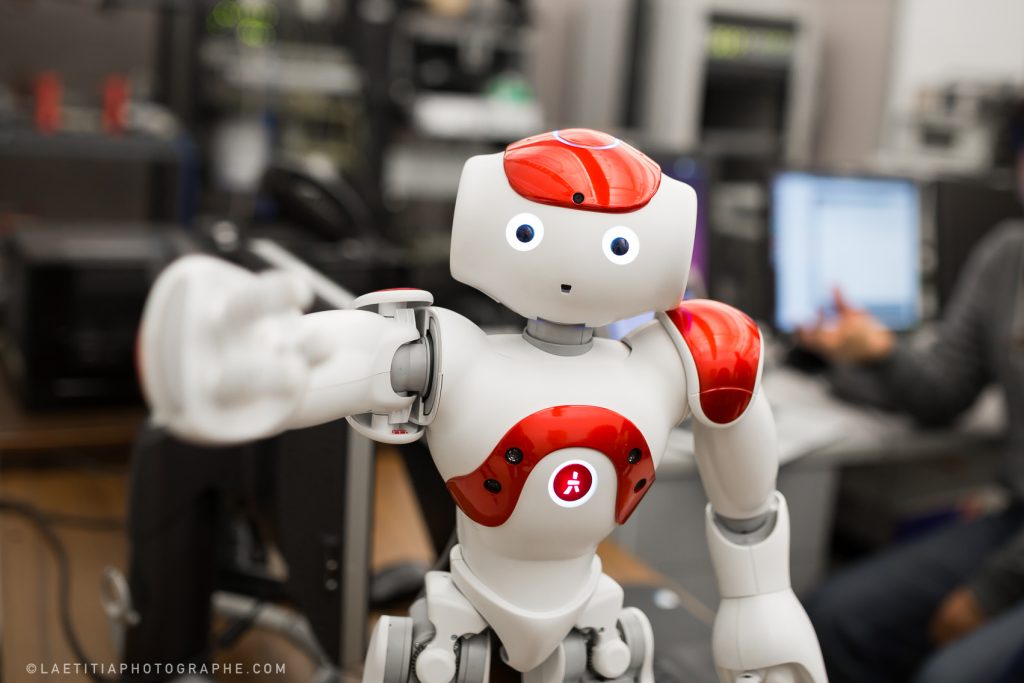
TELECOMMUNICATIONS
INRS faculty are pushing the envelope of emerging telecommunications applications that make use of AI tools for channel modelling, signal detection, resource allocation, and scheduling, thus building the backbone for 5G/6G and beyond wireless networks.
Towards the future “Internet of Senses” or “Internet of No Things” revolution, our researchers are combining their expertise in multisensory signal processing, human-robot interaction, and the tactile internet, with emerging applied AI tools to disrupt these domains.

PHOTONICS
Researchers at INRS are exploring optics-based AI as a sustainable alternative for energy-hungry applications based on very deep neural networks.
All-optical AI systems are being developed that require a fraction of the power needed for computer-based systems, with much faster training times.
Our in-depth knowledge in photonics has also enabled the development of new applications in automated soil, plant, and mineral analyses of extreme importance to the Québec agriculture ecosystem.
AI has also been an enabling technology in the development of ultrafast optical imaging technologies.

BIOMEDICAL
As wearables become a household name and digital medical records become a reality around the world, biomedical big data has enabled innovations in applied AI.
At INRS, our researchers are building the future of healthcare technologies, including remote/at-home patient monitoring, molecular dynamics simulations of bioconjugates, smart homes and assistive robots, and new diagnostic tools.

ENERGY & MATERIALS
INRS faculty are combining their expertise in energy and materials science and combining them with machine learning, AI, and computational modelling tools to discover new materials to advance the development of sustainable energy technologies to minimize the impact on climate change, to build models of light-matter interaction, rationalizing the doping of materials, and modeling laser-induced phase transformations, thus discovering new routes to develop hard-to- manufacture materials.

Wireless communications



Wireless Multimedia Communications

Looking for students or interns
Marc A. GauthierDynamic chemistry, bioorganic chemistry and biomaterials
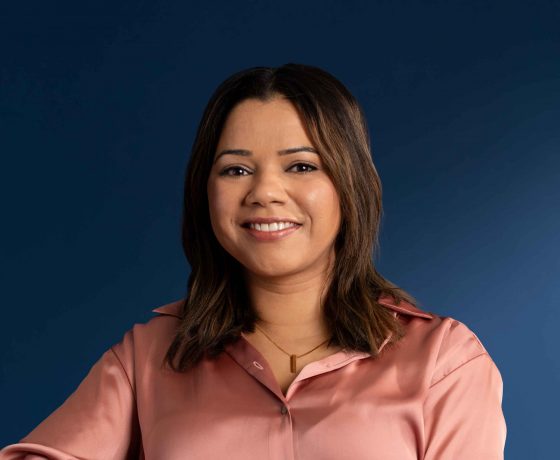
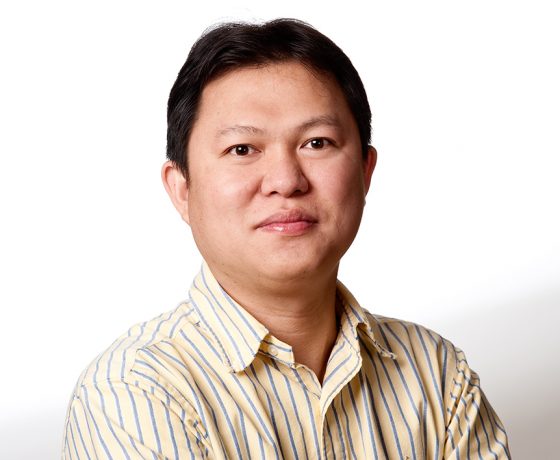
Wireless communications

Material and laser imaging
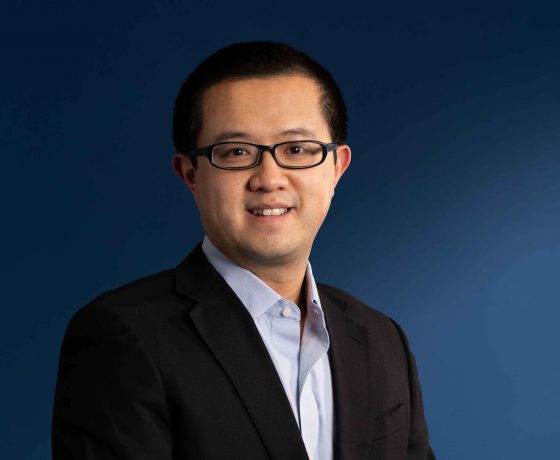

6G, Tactile Internet, Extended Reality, and DAO
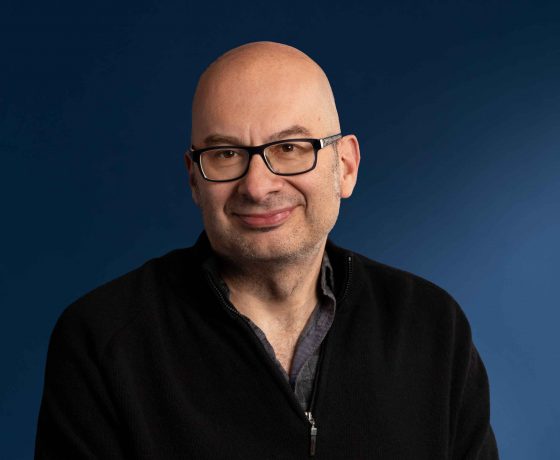
Nonlinear optics

Speech processing
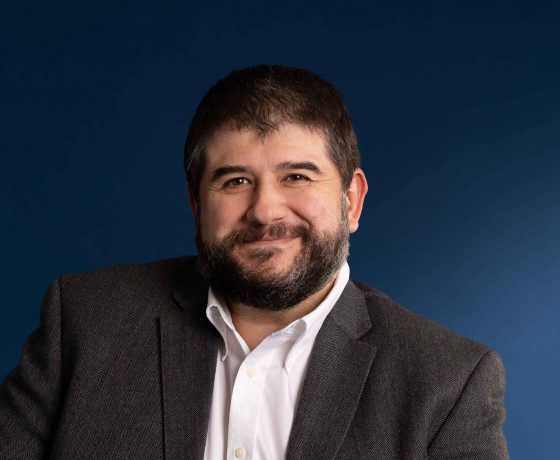
Molecular and device physics

Nanophotonics

Nanostructured materials

